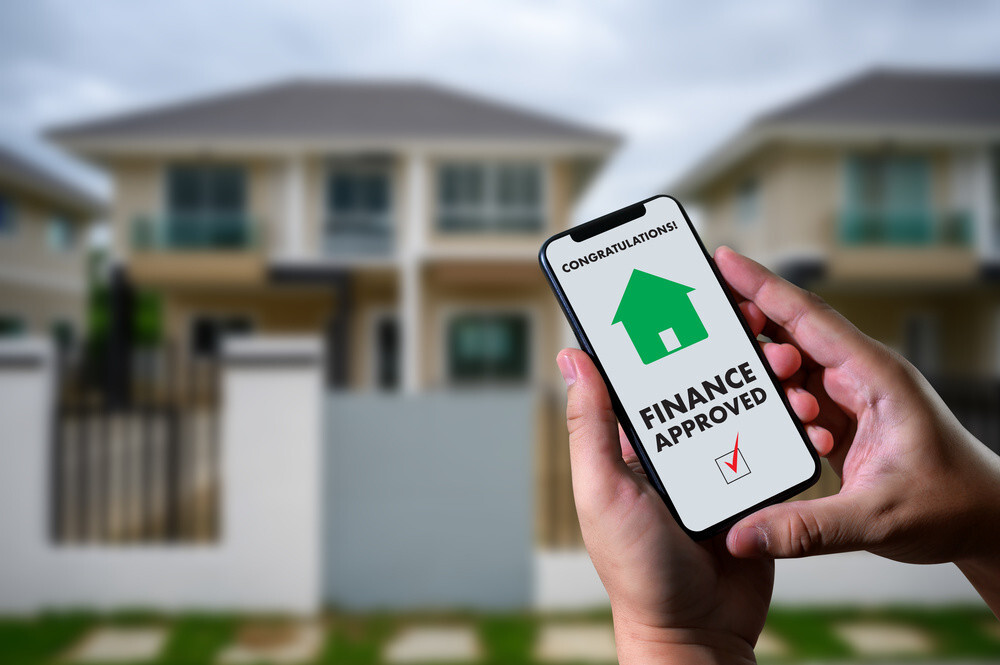There is a set of obligatory steps that every over-indebted person can follow to get ahead and find relief. They are simple. The real challenge is to go ahead with each one and finish the cycle having detected the problem and with the true intention of implementing the solution.
It must be recognized that getting out of a debt is a more difficult and slow process than getting into debt. It is a long way although it is possible to carry out as long as the debtor is willing to do it.
Debt inventory
Consolidating all debts first in chronological order in a single listing offers clarity on the true scope of the problem. The idea is to account for everything from credit to debt in the light account. It is necessary to know the time remaining for each debt, the dates of payment, and the cancellation method agreed (fees, half and half, block, etc.)
Income inventory
It consists of recognizing all the income that the person has. From the salary to the money saved in term deposits or mutual funds, anything goes, even the tax return made by the Internal Revenue Service (SII) every year.
Know the true liquidity
Consider both inventories. It’s time to really know how much money the person has to pay debts.
From the income inventory, you have to discard all the money used to pay for the expenses: basic services accounts, telephony, lease or dividend, gasoline from the car, cable TV, to Netflix. These expenses include the payment of the auto insurance as well as other insurance and legal obligations.
Recognize the savings
With this inventory, you have to separate the money that is being used for savings or hosted in financial savings products (term deposit, mutual fund etc.). With this liquidity cleanup, the person will have a true insight of their debts and the money available to pay them.
Nobody likes what they see after doing this exercise. Most of the time it leaves in evidence much more than the debts:
Bad financial organization
Low income
Low savings capacity
Consumption addiction
Fraud or embezzlement
The first thing to avoid is to panic. The debts are repairable as long as the person is willing to follow the following steps:
Ask for help
By the time the debtor realizes he has no money to pay, few alternatives are available. That is why every debtor must have a direct line with their creditors.
The first thing that the over-indebted person must do is approach their creditor and consult what their new payment alternatives might be. It is better to get ahead of the collection agency and negotiate with the creditors a new payment date and renegotiate the credit amounts as best you can.
This step includes separating the waters between the debts; evaluate the possibility of paying the smallest and renegotiate the times of the largest.
Since he gave the notice too late, the debtor should keep in mind that the creditor will offer more time but at a new higher interest rate. Another positive result is that if the debtor manages to pay the debt within the new stipulated time, his financial history will not be so damaged.
Compromise well
If the creditors agreed to reorganize the debt with new payment dates, amounts and fees, the debtor must start this new stage on the right foot.
This includes taking care of the work until you get out of the financial mess, or looking for a job that offers higher income to have more slack to meet the payments.
This does not mean passing on opportunities, but the debtor must study well the returns that these offer; focus efforts on those that will give you money within the new payment terms.
In the case of independent workers, this also includes organizing and prioritizing jobs according to amounts; such income will help to pay such credit while the other parallel project will allow the payment of another debt.
Clean the closet
The debtor already made the inventory of debts and income, asked for help and began to pay little by little. Now the real “cleaning” of all those unnecessary expenses begins.
This includes making some sacrifices, including:
Cancel the cable account
Change the cell phone plan or simply opt for prepaid cards
Stop going out to eat out
Reduce supermarket expenses to the essential or buy in a supermarket with wholesale prices and share expenses with a relative or friendship
Occupy more public transport (which will lead to greater organization of the times), or well organize the use of the car
In this step, the debtor must also evaluate the possibility of selling assets or high-value assets to redirect the money to the payment of the debts.
If the creditors refuses more time
If the debtor follows all the steps but still cannot pay there is one more step, and that is to take part in the Bankruptcy Law for Natural Persons. Ordinary people can exercise this right to declare insolvency and request legal mediation to renegotiate delinquent debts. It is a free and voluntary administrative procedure that facilitates the Superintendence of Insolvency and Re-entrepreneurship (SUPERIR).
Every debtor must know this information before accepting bankruptcy:
The official name of the procedure is the Bankruptcy Procedure of Renegotiation.
Its objective is to renegotiate the obligations of the debtor or facilitate the liquidation of assets for the payment of its current obligations.
It consists of three hearings in which the debtor, its creditors and the Superintendency participate.
The debtor must not have issued service provision tickets during the 24 months prior to the request for renegotiation.
You must have two or more debts due for more than 90 calendar days, that are in force and that exceed the 80 Development Units (among other requirements).
It must have the Unique Code granted by the Civil Registry and Identification Service. This is requested at the service offices.










































